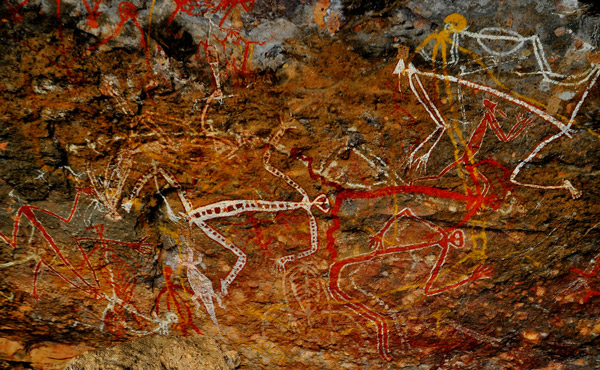The sixth draft management plan for Kakadu National Park has been issued by the Australian National Parks Service and is available for public comment until the end of January.
As such, president of Bushwalking Australia Chris Towers has made clear his intention to make a submission on behalf of any bushwalkers or bushwalking clubs that care to participate.
Of particular concern, according to Towers, is perhaps how little bushwalkers are currently being taken into account.
“In a search of the 200-plus page document, the word ‘bushwalking’ only appears around one dozen times, which may signal a problem given how significant the area is for walkers,” Towers told Wild in a recent interview.
However, Towers also notes that the draft management plan may be awaiting the release of a specific ‘bushwalking strategy’ document, which is currently in an unknown state of preparation.
“My predecessor, David Reid and the founder of Willis Walkabouts, Russell Willis were both on the steering committee for the production of a bushwalking strategy and hopefully we’ll hear more about the status of that document in the near future,” Towers said.
“Otherwise we haven’t yet found anything to be terribly concerned about in this draft, but that’s why it’s important that as many different people have a read through this document and submit their honest opinions to me so that we can collate a submission.”
Kakadu National Park is almost 20,000 square kilometres in size, and hosted around 43,325 visitors last year alone.
The park is also significant in its management by a variety of Indigenous groups as well as by government bodies.
“One of the important elements for the traditional owners of Kakadu lies in managing access to their culturally significant sites,” Towers said.
“There are plenty of walking routes in Kakadu that people can get permits for, but I know that there are some walkers out there who have gone – whether knowingly or otherwise – into those areas they’re permits don’t allow for. It is in these situations that cause traditional owners to want to further restrict public access.”
There’s no doubt that this iconic wilderness plays a key part of Australia’s natural and cultural heritage, and in that sense it’s crucial to respect and preserve its sanctity by all means necessary.
However, in order for that to be feasible, a certain level of visitation is acceptable (if not required), which is why Towers is asking all bushwalkers, regardless of whether or not they’re affiliated to an official club, to have a look at the draft management plan and submit their opinions to his email address as soon as possible.


